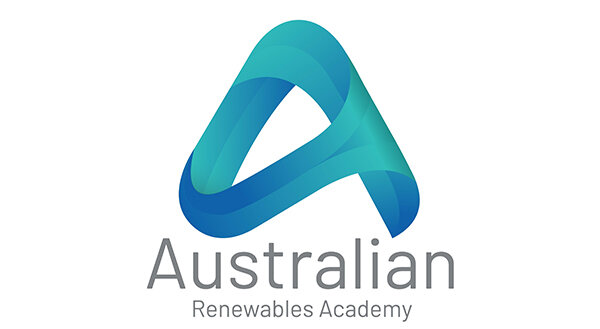Future Made in Australia: A Clean Energy Opportunity – If We Get It Right
Australia stands at a pivotal point in its history. With the Future Made in Australia (FMIA) legislation now taking shape, we’re seeing the Federal Government making some bold bets on our ability to lead in clean energy, value-added manufacturing, and sovereign capability.
At the Australian Renewables Academy we welcome this shift. It sends a powerful signal that the clean energy transition is not just an environmental imperative — it’s an economic opportunity.
But opportunity alone won’t guarantee outcomes. The success of this agenda will depend on how deeply, practically and inclusively it is implemented, particularly in the regions where the clean energy transformation is already underway.
What We Heard in Geelong
At ARA’s #Dinner & Dialogue event in #Geelong in early July, this conversation was front and centre.
Stakeholders from across the region — industry leaders, local government, education providers, and clean energy proponents — expressed genuine optimism about the FMIA’s potential to drive workforce development and new industries in Geelong and beyond.
But they also made it clear:
Workforce development needs long-term coordination, not piecemeal training.
Regional communities want to be partners, not afterthoughts.
A clean energy economy must be inclusive, accessible, and strategically local.
Geelong is just one of many regional centres with a strong manufacturing history and a clean energy future. The FMIA must enable these regions to transition with confidence, not uncertainty.
A Vision Shared Nationally
Importantly, this sentiment is not unique to Geelong.
In his recent address to the National Press Club, John Grimes, Chief Executive of the Smart Energy Council, issued a passionate and urgent call to action: Australia must seize the moment to become a global leader in clean energy — or risk being left behind.
Grimes rightly emphasised that Future Made in Australia is not just about nation-building — it’s about nation-shaping. His remarks underscored the need for clear political will, deep investment in skills and capabilities, and support for innovators and workers on the ground who will make this future a reality.
His vision aligns strongly with the one emerging from ARA’s regional engagements: that a clean energy economy must be driven not just by ambition, but by careful, inclusive design.
A Clean Energy Economy — Built Here
The FMIA legislation provides a framework to catalyse three essential shifts:
From Fossil Fuels to Clean Infrastructure, it offers the investment momentum needed for renewables, batteries, green hydrogen, and the transmission projects that underpin them.
From Extraction to Advanced Manufacturing It aims to finally close the loop, transforming raw minerals into value-added exports such as batteries, solar panels, and green steel. If we do this right, Australia can stop exporting opportunity and start owning it.
From Skills Gaps to Secure Jobs It places a spotlight on skills, which must now be matched by delivery. We need clear pathways for school leavers, displaced workers, women, First Nations people, and people with disability to participate in — and shape — the clean energy workforce.
What Needs to Be Done
For FMIA to truly succeed however, three risks must be proactively addressed:
Lack of Coordination Workforce, housing, transport, and planning strategies must align. Otherwise, good projects will fail under the weight of fragmented policy and the potential of a cannibalised workforce.
Workforce Exclusion We can’t build a just transition with a narrow workforce. Inclusion is not a box to tick — it’s the foundation of long-term capability. Diversity matters!
Place-Blind Investment This cannot be a race to the most shovel-ready or politically connected proposals. It must be grounded in strategic, regionally distributed, high-value investment.
How ARA and Its Partners Are Contributing
The Australian Renewables Academy, in collaboration with our partners at Workforce Plus and @Management Governance Australia, is dedicated to bringing FMIA to life on the ground.
We’re working with stakeholders to:
Host community-led dialogues to identify regional insights and actions (like in Geelong, and later this month, in Port Augusta.
Build clean energy workforce development strategies that reflect local strengths and needs.
Support our partners and clients to connect infrastructure, workforce and place-based planning.
A Future Made With Australians
The FMIA legislation is bold — and rightly so. It offers a once-in-a-generation opportunity to align our clean energy ambitions with regional renewal, social inclusion, and national resilience.
But legislation is only the beginning. Now comes the real work of collaboration, coordination, and capacity-building.
At ARA, we’re committed to walking alongside regions, workers, and innovators as we build a clean energy economy — made in Australia, and made with Australians.
Want to join the conversation? We’d love to hear from communities, businesses, and governments looking to shape a future that’s local, sustainable, and shared. Connect with us or visit australianrenewables. academy to get involved.
#CleanEnergy #FutureMadeInAustralia #ARA #WorkforceDevelopment #RegionalAustralia #EnergyTransition #Inclusion #ARAConversations

